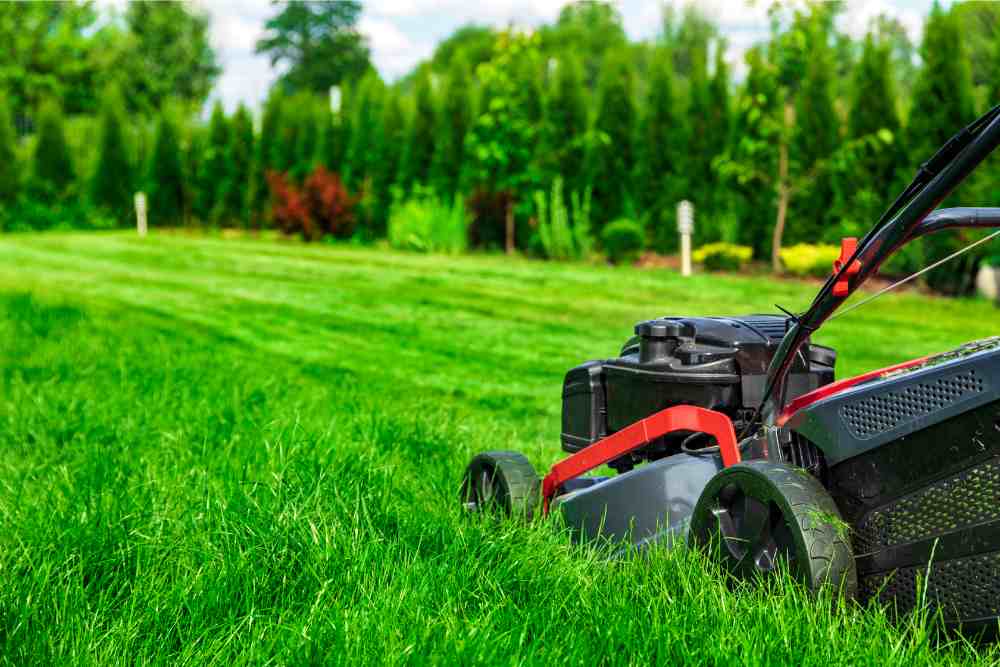As the northern hemisphere heads into summer, we all want our gardens looking their best. But there’s no point creating a perfect outdoor dining space if you have a dying lawn in the background. If you’ve failed to care for your lawn throughout the year, your garden might require some much-needed TLC. Fortunately, if you are tackling a dying lawn, all hope is not lost. Taking the steps laid out below will help you to revive your lawn just in time to create outdoor memories this summer.
1. Determine if your grass is dead or dormant
The first thing to do is to determine if your lawn is dying or dead. If the grass on your lawn has died, there’s unfortunately nothing you can do other than replace it. For dying or dormant lawns though, you can bring it back to life with the right care.
When it comes to telling the difference between dormant and dead grass, both types will adopt a brown colour. However, dead grass usually appears in patches, while dormant grass will likely mean your whole lawn changes colour.
You can also test for dead grass with your hands. Dormant grass should still have a bit of resistance when tugged, whereas dead grass will break easily if the roots have died.
2. Remove any potential issues
If your grass is still showing signs of life, it’s time to get to work on saving it. You’ll first need to remove anything that could be causing an issue. Start by removing any weeds, this can be performed by hand or using a tool.
You should also test your lawn soil for any nutrient deficiencies. There are a range of tools you can use for this which range from affordable options to high end testing devices.
3. Aerate lawn
Before going any further, consider aerating your lawn. This should help with nutrient absorption, which your lawn is probably struggling with if it has changed colour. If you don’t own a lawn aerator, you could consider renting one from a hire company such as Chippindale Plant.
4. Revive
From here, you should be in a position to start reviving your lawn. Give the most attention to any bare patches on your lawn, this could include using sod to address problem areas. Next, consider your watering habits; a dying lawn will need plenty of water but try not to water more than once every few days.
Don’t skip fertilizing your new lawn too, this should provide it with all the nutrients it needs and you should see your lawn’s colour start to change.
5. Maintain
Don’t think the hard work is over once you’ve revived your dying lawn, this is actually where the hard work begins! Failure to maintain your lawn will only leave you back where you started. A healthy maintenance routine includes watering, weeding, fertilizing and mowing.
However, be aware there’s no one size fits all approach to lawn maintenance. The care that your lawn requires will mostly depend on climate, which can obviously differ from one region to the next. Take into account that your lawn won’t need to be watered as frequently in seasons where there is high rainfall, while you should also reduce the frequency in which you mow your lawn when going through periods of warm weather.

